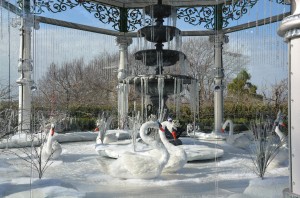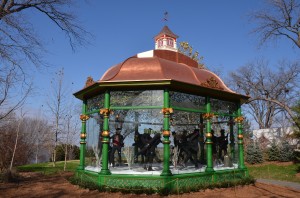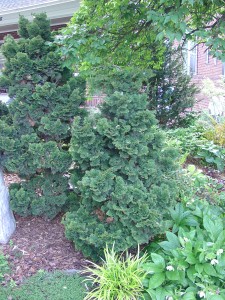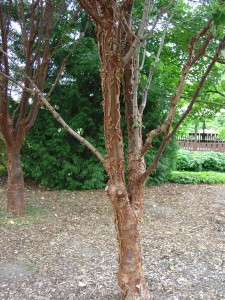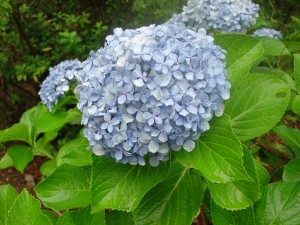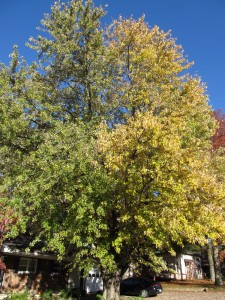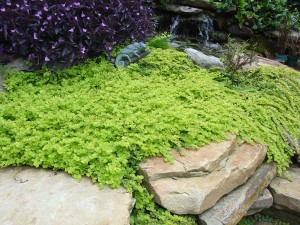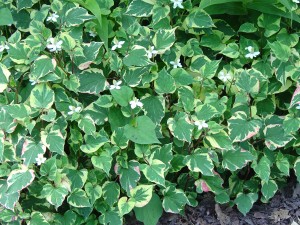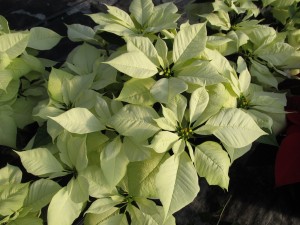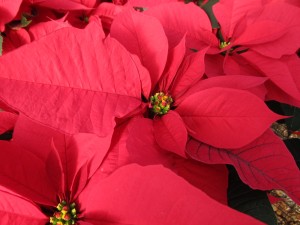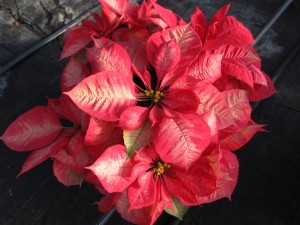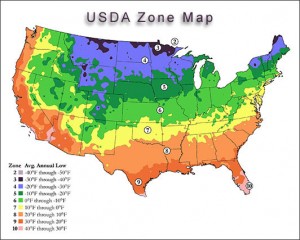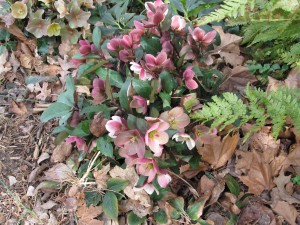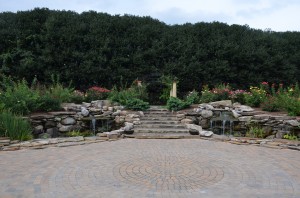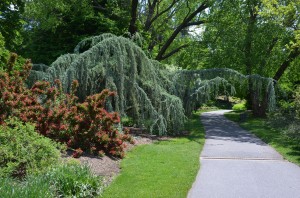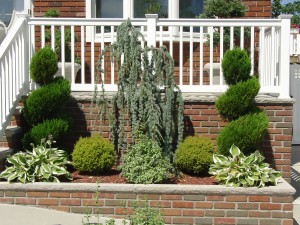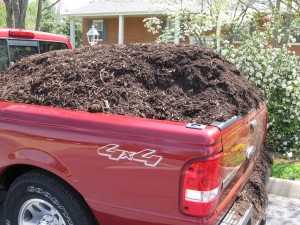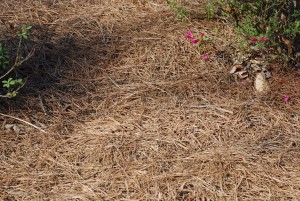The Dallas Arboretum in Texas is hosting a festive holiday exposition: The Twelve Days at Christmas. It is an elaborate collection of 25-foot Victorian gazebos themed to “The Twelve Days at Christmas”. Each of 12 gazebos is comprised of charming costumed characters and whimsical animals made famous by the beloved Christmas carol.
Each gazebo is richly decorated and encased in glass, permitting a 360º three-dimensional view. Each of the 12 showcases are mechanically animated and accompanied by holiday musical classics that bring the characters almost to life. Around each gazebo Arboretum staff have decorated with many kinds of large evergreen trees for a wintry feel.
The Arboretum has extended daily visitation hours into the evening hours (until 9 p.m.) during the exhibit’s run which ends on January 4th. Each gazebo is illuminated for magical nighttime viewing. In addition, visitors will become further immersed in the Victorian-era holiday theme by live carolers and holiday treats served in the arboretum’s cafe.
If you missed it 2014, the Arboretum plans to make The Twelve Days at Christmas exhibit an annual holidays showcase.

